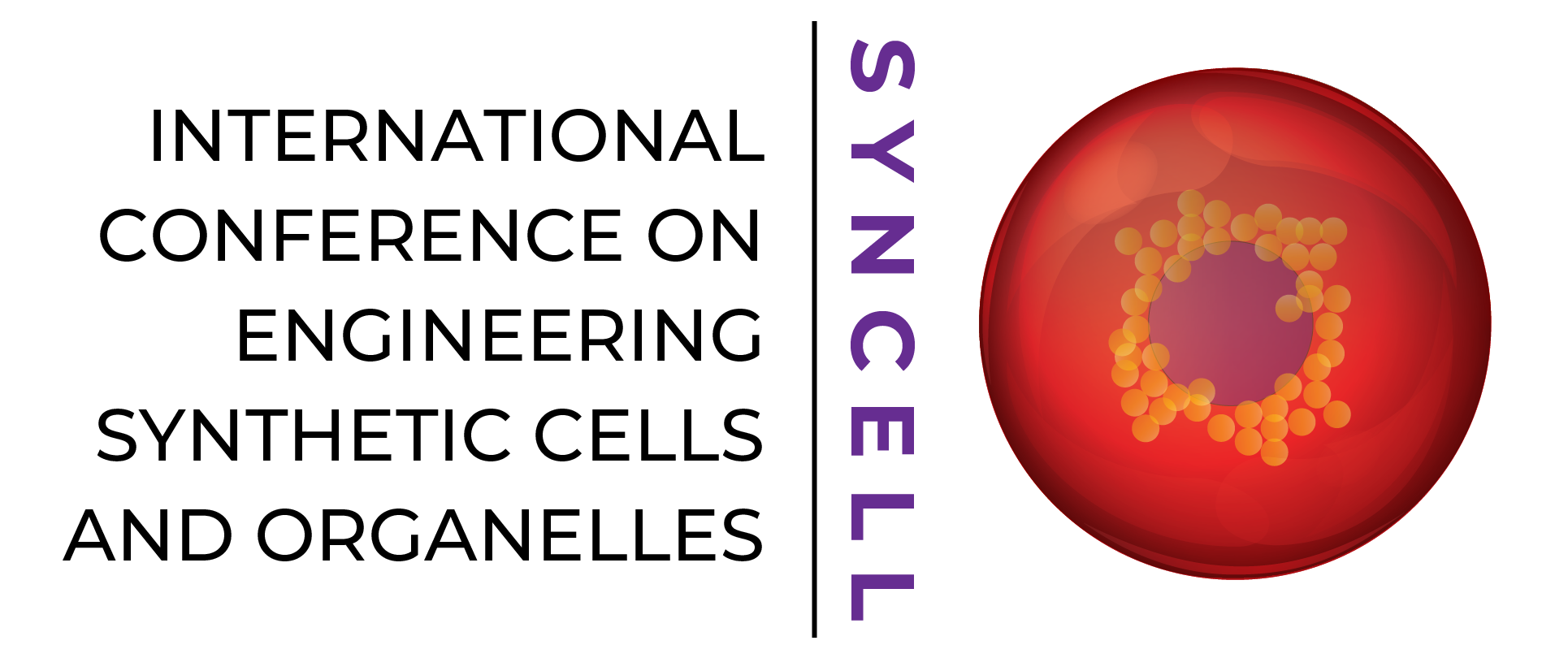
Proton gradients from light-harvesting E. coli control DNA assemblies for synthetic cells
Presented by: Kevin Jahnke
Max Planck Institute for Medical Research
Contributed Talk
Abstract
KEVIN JAHNKE
Title: Proton gradients from light-harvesting E. coli control DNA assemblies for synthetic cells
Kevin Jahnke1,2, Noah Ritzmann3, Julius Fichtler1,2, Anna Nitschke5, Yannik Dreher1,2, Tobias Abele1,2, Götz Hofhaus4, Ilia Platzman5, Rasmus Schröder4, Joachim P. Spatz5, Daniel Müller3 and Kerstin Göpfrich1,2
1 Max Planck Institute for Medical Research, Biophysical Engineering, Heidelberg, Germany
2 Department of Physics and Astronomy, University of Heidelberg, Heidelberg, Germany
3 Department of Biosystems Science and Engineering, Eidgenössische Technische Hochschule (ETH) Zürich, Basel, Switzerland
4 Centre for Advanced Materials, Heidelberg, Germany
5 Max Planck Institute for Medical Research, Department of Cellular Biophysics, Heidelberg, Germany
Bottom-up and top-down approaches to synthetic biology each employ distinct methodologies with the common aim to harness new types of living systems. Both approaches, however, face their own challenges towards biotechnological and biomedical applications. Here, we realize a strategic merger to convert light into proton gradients for the actuation of synthetic cellular systems.
We genetically engineer E. coli to overexpress the light-driven inward-directed proton pump xenorhodopsin and encapsulate them as organelle mimics in artificial cell-sized compartments. Exposing the compartments to light-dark cycles, we can reversibly switch the pH by almost one pH unit and employ these pH gradients to trigger the attachment of DNA structures to the compartment periphery. For this purpose, a DNA triplex motif serves as a nanomechanical switch responding to the pH-trigger of the E. coli. By attaching a polymerized DNA origami plate to the DNA triplex motif, we mimic a cytoskeleton that considerably deforms lipid vesicles in a pH-responsive manner. We foresee that the combination of bottom-up and top down approaches is an efficient way to engineer synthetic cells and functional DNA-based cytoskeletons.
